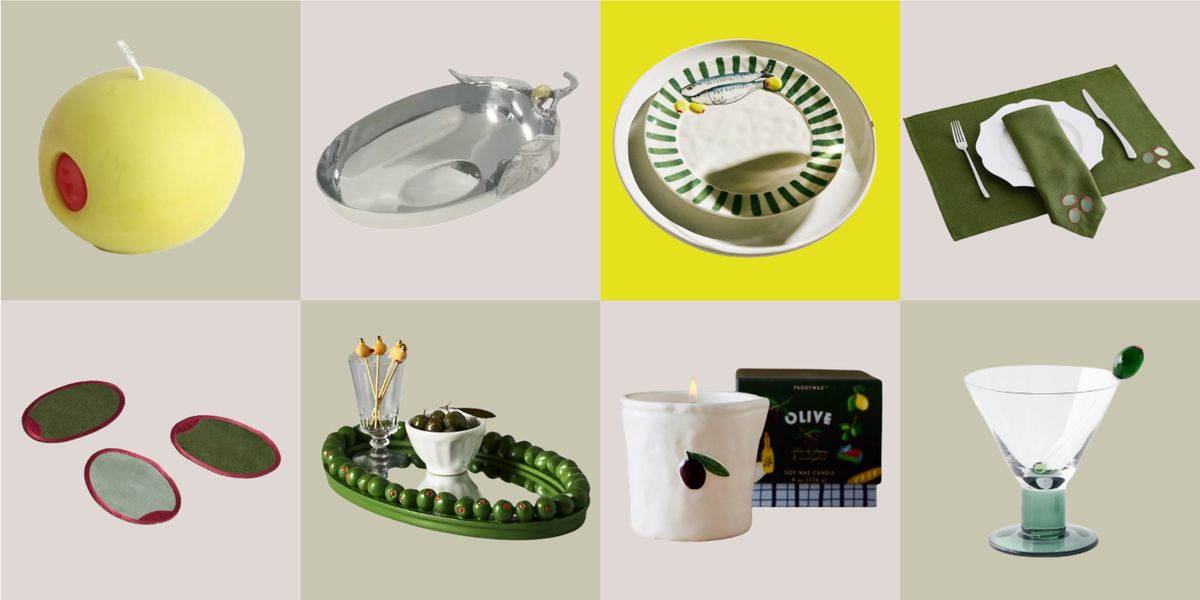
10 Perennials You Should Always Cut Back in Spring, According to Pro Gardeners
It’s about the time of year when perennials are in full bloom once more—but these plants can still use a bit of maintenance. Cutting back will help your perennials really shine by stimulating new growth and even preventing disease. Of course, not all of these plants will appreciate being cut back in the same way—or at the same time. To help you get started, we spoke with professional gardeners about the perennials you should always cut back in the spring.
- Lorraine Ballato, a garden and hydrangea expert, and the award-winning author of Success With Hydrangeas: A Gardener’s Guide
- Teri Speight, a landscape gardener, garden coach, and podcast host, and the author of The Urban Garden
Black-Eyed Susan
Getty / Herman Bresser
It’s wise to leave black-eyed Susans (Rudbeckia sp.) standing over the winter so that birds can enjoy their seeds. However, by spring, they’ll have consumed all of them, so you’re free to cut down any remaining vegetation and tidy things up. After all, there’s nothing quite like the simple-yet-elegant beauty of these vibrant yellow blossoms.
- Zones: 3 to 9
- Mature size: About 24 inches tall x 12 inches wide
- Care requirements: Full sun, tolerant of many soils
Sedum
Juliana Sohn
If you didn’t cut back your sedum prior to winter, then you’ll definitely want to trim it back during the spring. These versatile ground covers completely regrow fresh stalks every year, so once winter has passed, go ahead and cut yours back all the way—including blossom heads, leaves, and stalks. You’ll want to get all of the faded brown vegetation out of the way to make room for this year’s growth.
- Zones: 3 to 9
- Mature size: Around 24 inches tall x 24 inches wide
- Care requirements: Full sun or partial sun (depending on variety), well-drained soil
Hydrangea
ANDREA JONES
Some hydrangeas should be cut in the spring, but not others, so it’s important to know which ones you have. Lorraine Ballato, a hydrangea expert, says that you should only cut back new wood varieties at this time of year. This includes Hydrangea arborescens—also known as woodland or smooth varieties.
She also recommends cutting back panicle hydrangeas (Hydrangea paniculatas) in spring. “I see a lot of guidance that tells gardeners to cut these plants down to the ground. That’s a very bad idea,” she says. “Since they flower grow on new wood, they don’t have much time to make stems strong enough to hold up some of those huge flowers. Instead, cut your plant back to about 24 to 30 inches.”
She notes that the old, non-flowering stems have two benefits. “They will make leaves, which creates the food factory for the plant, and those old stems will be strong enough to form a framework that will help to hold up the flowers.”
- Zones: 3 to 9
- Mature size: 2 to 6 feet tall x 3 to 12 feet wide
- Care requirements: Partial shade, somewhat acidic soil. Soil pH can affect flower color.
Shasta Daisies
Getty / Oksana Chaun
Shasta daisies (Leucanthemum x superbum) will certainly look untidy if last year’s growth is left untrimmed.
“Spring is the optimal time to prune them,” says landscape gardener and author Teri Speight. “Cutting back this much-loved perennial to remove branches that are rubbing [together] or are too long will encourage optimal growing conditions. Removing any damaged or dead foliage will stimulate fresh, healthy growth.”
- Zones: 4 to 9
- Mature size: Varies by type, about 12 inches tall x 12 inches wide
- Care requirements: Full to partial sun, well-drained soil
Joe-Pye Weed
Getty / bgwalker
Joe-Pye weed (Eutrochium) helps give your garden some vertical growth; these fast-growing members of the Asteraceae family regrow from ground level each year. The colorful blossoms are also a favorite of pollinators. You can leave Joe-Pye weed standing over the winter for wildlife to enjoy, but cut it back before the growing season gets started.
- Zones: 3 to 9
- Mature size: 6 feet tall x 3 feet wide
- Care requirements: Partial to full sun, moist yet well-drained soil
Lamb’s Ears
Getty / Giovani Dressler
Sometimes, there’s both a practical and aesthetic reason for cutting back plants in the spring, and that’s the case with Stachys byzantina—a silvery, fuzzy perennial that’s sometimes used as a ground cover.
“Cutting [Lamb’s Ears] back in the spring reduces the chance of disease and distasteful appearance,” says Speight. “It also stimulates new leaves and blooms with a longer bloom time.”
- Zones: 4 to 8
- Mature size: 8 inches tall x about 12 inches wide
- Care requirements: Partial shade to full sun, no special soil needs but well-drained
Asters
Getty / nitrub
Asters add a lot of charm and color to the second half of the growing season, but the old stalks should be removed in spring to make room for new ones.
“When basal foliage begins to appear in the spring, it’s the optimal time to prune asters down to where the new growth begins,” says Speight. “As the new growth evolves, cutting back the spent stems will reduce the chances of disease, as well as tall, leggy growth.”
- Zones: 3 to 9
- Mature size: 1 to 6 feet tall x 2 feet wide
- Care requirements: Partial to full sun, well-drained soil
Anise Hyssop
Getty / BethAmber
Anise hyssop is a member of the mint family and produces lovely blossoms that pollinators adore. Since it works so hard for you, why not give it a hand in return? You can leave your Agastache foeniculum intact over the winter to protect the plant’s crown and then cut it back in the spring.
- Zones: 3 to 8
- Mature size: 24 to 48 inches x 12 to 36 inches wide
- Care requirements: Partial shade to full sun, well-drained, even sandy soils
Russian Sage
Getty / Valerii Maksimov
Avoid cutting back Russian sage (Perovskia atriplicifolia) before winter, as the old foliage can protect the crown of the plant from cold temperatures. However, once the growing season is at hand, you can remove the spent vegetation and make room for this plant to unleash its new growth.
- Zones: 4 to 9
- Mature size: About 4 feet tall x 3 feet wide
- Care requirements: Full sun, well-drained, even dry soil; slightly alkaline
Coral Bells
Getty / 2ndLookGraphics
With their vivid, ground-hugging foliage and brilliant blossoms on upright stalks, coral bells (Heuchera americana) add a flash of color and sophistication to your landscaping. However, their large leaves can be a breeding ground for mildew, so trim away all the old plant material in the spring, and let the beauty start anew.
- Zones: 4 to 9
- Mature size: 6 to 24 inches tall x 24 inches wide
- Care requirements: Generally partial shade, moist, slightly acidic soil that is also well-drained










